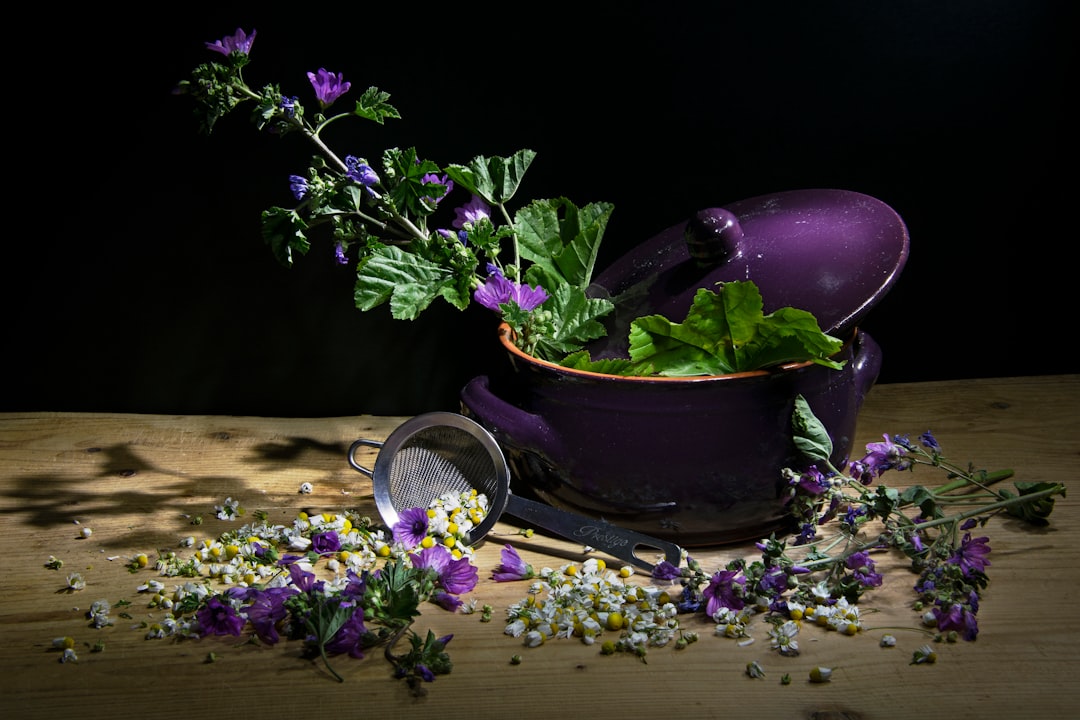The Allure of Red Flowers in Your Garden

When it comes to creating a captivating garden, few things can match the impact of adding a vibrant array of red flowers. The bold and eye - catching color of red flowers can transform an ordinary garden into a spectacular landscape that is both inviting and visually stunning. In this article, we will explore the many reasons why red flowers are a must - have in your garden, as well as some popular red flower varieties and tips on how to incorporate them into your garden design.
One of the primary reasons to include red flowers in your garden is their ability to add a sense of drama and intensity. Red is a powerful color that commands attention and can create a focal point in any garden. Whether you choose to plant a single large red flower or a cluster of smaller ones, the color red will draw the eye and make your garden stand out. For example, a large red rose bush placed in the center of a flower bed can become the centerpiece of your garden, attracting visitors and adding a touch of elegance.
Red flowers also have a rich symbolic meaning. In many cultures, red is associated with love, passion, and energy. By including red flowers in your garden, you can infuse it with these positive emotions and create a space that feels warm and inviting. Additionally, red flowers can be used to celebrate special occasions or to express your feelings to others. For instance, a bouquet of red tulips can be a beautiful gift for a loved one, while a garden filled with red poppies can be a symbol of remembrance.
There are numerous red flower varieties that you can choose from for your garden. One popular option is the red geranium. These flowers are known for their bright red color and their ability to thrive in a variety of conditions. They are also relatively easy to care for, making them a great choice for beginner gardeners. Another option is the red petunia. Petunias come in a range of shades of red, from deep crimson to bright scarlet. They are perfect for hanging baskets or for lining the edges of flower beds, adding a splash of color to your garden.
Red roses are, of course, a classic choice for any garden. With their velvety petals and sweet fragrance, they are the epitome of beauty and romance. There are many different types of red roses, including hybrid teas, floribundas, and climbers. Hybrid tea roses are known for their large, single flowers, while floribundas produce clusters of smaller blooms. Climbing roses can be trained to grow up trellises or fences, adding a vertical element to your garden.
When it comes to incorporating red flowers into your garden design, there are several strategies you can use. One approach is to create a monochromatic garden using only red flowers. This can create a very striking and cohesive look. You can vary the shades of red and the types of flowers to add depth and interest. For example, you could combine red dahlias, red carnations, and red salvias in a single flower bed.
Another strategy is to use red flowers as accents in a garden with a more diverse color palette. You can plant red flowers among other colors, such as purple, yellow, or white, to create a contrast that makes the red stand out even more. For instance, a red poppy planted next to a patch of purple lavender will create a visually stunning combination.
It's also important to consider the height and shape of the red flowers when designing your garden. Taller red flowers, such as delphiniums or hollyhocks, can be used at the back of a flower bed to provide a backdrop, while shorter flowers, like red marigolds or red verbena, can be used at the front to create a border. By carefully arranging the red flowers based on their height and shape, you can create a well - balanced and aesthetically pleasing garden.
In conclusion, adding an eye - popping assortment of red flowers to your garden is a surefire way to enhance its beauty and make it a more enjoyable place to spend time. With their bold color, rich symbolism, and wide variety of options, red flowers are a versatile and valuable addition to any garden. So, go ahead and start planning your red - flowered garden today, and get ready to be thrilled with the results.